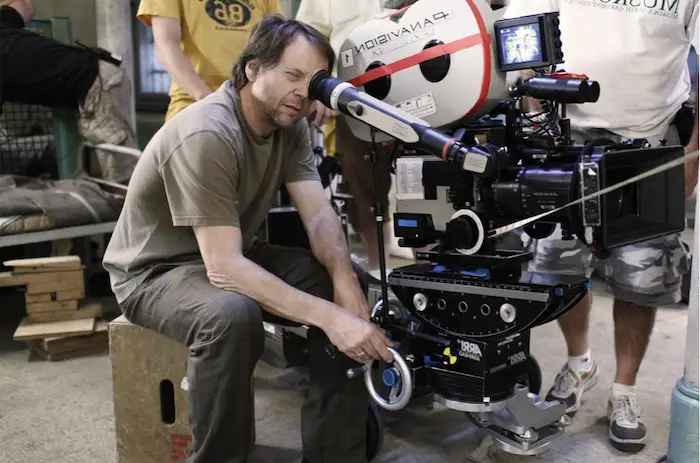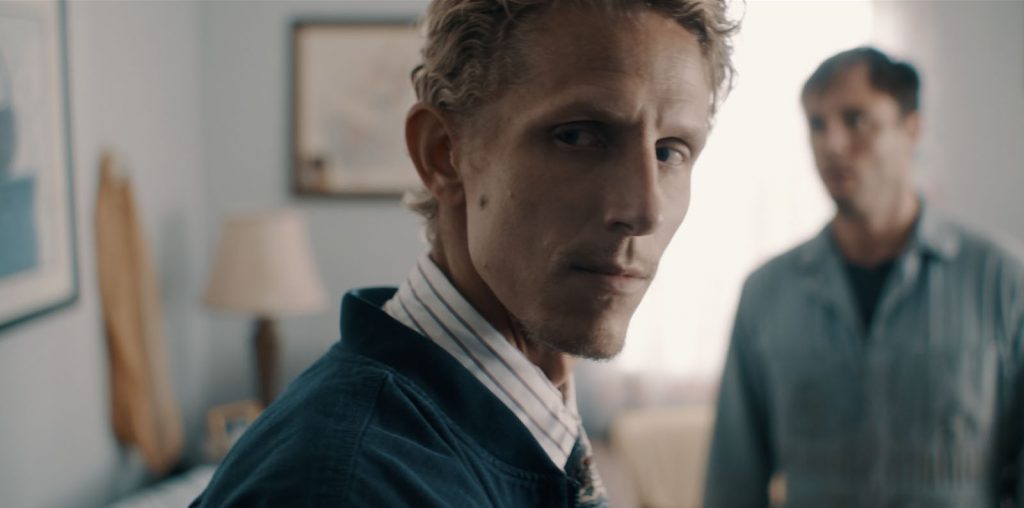
As rich as history is, it will be lost if we do not revisit or study it. The history of Brazilian cinema is a perfect example. Even though some websites provide the necessary details, having students do college work on the subject is a great way to preserve history.
According to Paulo Oliveira, an educational expert in Brazil, “para fazer trabalho de faculdade ou desenvolver um projeto de pesquisa, é fundamental consultar um site confiável, de acordo com as diretrizes acadêmicas estabelecidas.” – to do college work or develop a research project, it is essential to consult a reliable website, in accordance with established academic guidelines.
In this post, we examine notable timelines and events in the Brazilian movie industry, observing its various changes and wholesome evolution. Let’s take a dive.
Historical Moments In Brazilian Cinema
1. The Silent Cinema
In 1898, Affonso Segreto began what soon became a trend of silent films. The trend was so popular that individual moviemakers made up to 100 short movies in one year. This was not a surprise since there were no regulations that could hinder the filmmakers, giving them the liberty to act as they wished. The period between 1908 and 1912 was referred to as the golden age, “bela epoca,” of Brazilian cinema.
As the name implies, movies made in this era did not have talking or any form of sound at all. Between 1895 and 1913, it was not uncommon to find movies displayed in the cinema with no sound at all. The only sound that could be heard came from the audience, not the movies.
By the 1920s, George Beynon thought it very inappropriate and even offensive for movies to be displayed in silence. Hence, sound was introduced in movies in the years that followed. In 1911, the Brazilian film industry was opened to other North American agents who took advantage of the market, allowing foreign movies to take preeminence. The international movie presence was so strong that Brazilian filmmakers were restricted to only the production of documentaries and news series till the silent cinema era came to an end.
When sound became a constant part of cinema, the language barrier became a challenge for the international movies being displayed. The Portuguese-speaking locals could not make much sense of what was said, and this forced the Brazilian movie industry to take a new turn for the better. This eventually birthed a new trend that dominated the industry – the Chanchada.

2. Chanchadas
Chanchada, which began in 1930, was basically a fuse of Hollywood’s musical comedy and Brazilian comic theatre. In 1943, Moacyr Fenelon established the Atlântida studios in Rio de Janeiro, where they focused on making Chanchada movies.
Key Facts:
- Chanchadas created a strong bond with the audience and played a major role in featuring popular songs that were either already popular or in the process of becoming popular. These songs were often part of live shows and were also played on the radio. Timing was of utmost importance when releasing Chanchadas, as they had to be released around the Carnival season. As a result, it sometimes limited the creativity of the filmmakers since they had to stick to a limited schedule and theme.
- The usual pattern was to note the songs and composers who had the most hits from previous years to get an idea of what the carnival hits would be. This is usually done about four or five months before the next carnival. The movie script will then have to be ready about three months before the carnival, while filming should have been completed about two months before the carnival.
- Chanchada was also strongly connected to the business side of things, like radio, music, and live shows. It was mostly made in major cities like Rio de Janeiro and São Paulo, but also in smaller towns. These films were shaped a lot by the popular culture of the time and the music that was popular in the country at the time. In fact, it was common to find the names of musicians and singers in the credits rather than the name of the director.
- While the Chanchadas were popular with audiences, critics and the media at the time often saw them as lightweight movies. This was because they were made in a hurry and did not have serious storytelling. But starting in the 1980s, both local and international film experts began to take notice of Chanchadas and defended their significance in Brazilian film history.
Movie star Carmen Miranda became famous at the Cinédia studio, prompting her to move to Hollywood. This, in turn, inspired many movies about Brazil and other Latin American countries. Her move was part of a plan to improve relations between the United States and Latin America, but it didn’t really help Latin American films get noticed in the United States.
3. Cinema Novo
Because Chanchanadas were, for the most part, not considered actual movies, a lot of effort was put into reviving the movie industry to avoid its shutdown, and the lack of creativity was a major hindrance to its development. This is a major player in the history of Brazilian cinema that cannot be overlooked when learning. The desperate need for survival led to the eventual creation of Cinema Novo, which simply means New Cinema.
Gleaning inspiration from countries like Italy and France, Brazil adopted the creation of movies that only required minimal costs. Filmmakers were able to work with the limited resources available. Even the lack of studios to work in was no longer a problem as they began to shoot on the streets. They had a simple goal – to reveal the challenges people faced as they tried to recover from the previous difficult years.
The movie Rio, 40 Graus (Rio, 40) served as the beginning of the Cinema Novo era. The director, Nelson Pereira Dos Santos, realized the need to depict what life in Brazil looks like. He shot the movie without professional actors, showing the harsh life of meager vendors in the city.

4. Cannes
Again, Brazilian filmmakers took inspiration from the French movie industry after the Cannes 1959 event. Cinema Novo combined styles from Italian neo-realism and French new wave. These genres rejected old, tired themes and embraced more realistic stories. Surprisingly, while some early Brazilian films gained international fame, the directors of Cinema Novo didn’t always accept them. Brazil was then faced with a big political shock. Filmmakers, like other artists, had to decide whether to make movies that pleased the government or to express themselves freely, even if it meant working outside Brazil.
By 1964, a military coup displaced the presidency, leaving the country under a dictatorship. It was not until 1985 that democracy returned to the country. Filmmakers who stayed in Brazil didn’t have to worry about openly expressing their ideas anymore. Some made movies without any political messages, while others used hidden meanings to share their thoughts. Then, some went for completely experimental films.
5. Embrafilme
Embrafilme was a Brazilian government-owned company formed in 1969. It was in charge of making, funding, and distributing Brazilian films. However, it ended by 1990 as part of the National Privatization Program under President Fernando Collor’s government. Today, the government agency Ancine, established in 2001, handles regulations and funding for the Brazilian film industry. Private companies now manage film distribution.
6. Retomada
After a long pause following the end of Embrafilme, Brazilian cinema began to flourish again during Retomada, a period from 1995 to 2002 when it came alive again. With better governmental support and tax breaks, filmmaking was encouraged, resulting in the production of more movies. This eventually led to a surge in the film industry, with several viewing centers opening all over the country.
The Brazilian movie industry did not reach the level of stability and success that it has today in a short and uneventful time frame. However, considering the industry’s present state, it is safe to say that the challenges encountered paid off eventually.

